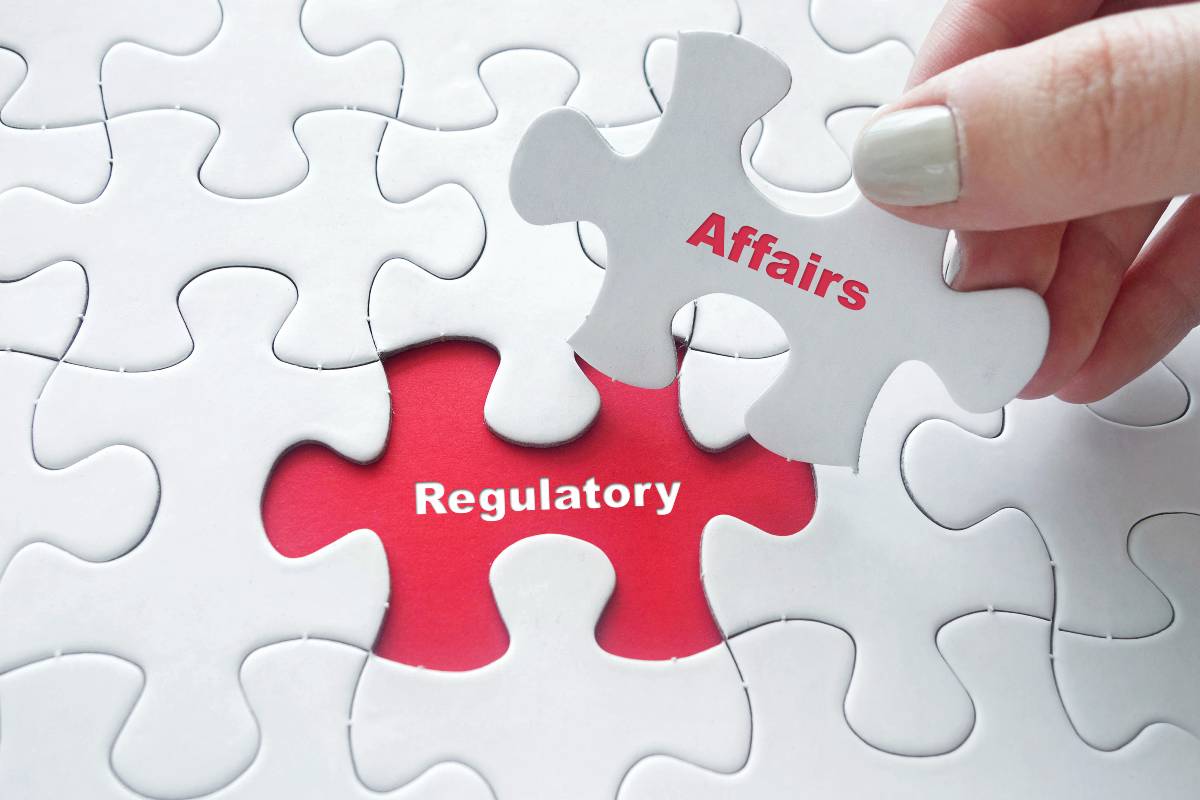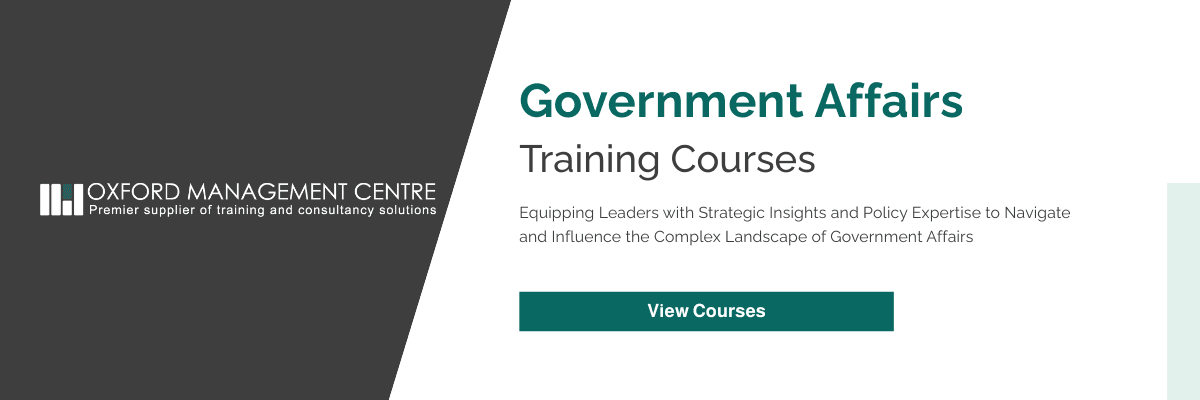
The Role of Government Affairs in Strengthening Corporate Communications
Bridging Policy Influence with Strategic Messaging for Long-Term Corporate Success
In today’s fast-moving and highly scrutinized business environment, aligning government affairs with corporate communications has evolved from a strategic advantage into a business necessity. Companies must deliver value to shareholders while also demonstrating compliance, transparency, and social responsibility to regulators, policymakers, and the public.
Government affairs teams serve as the bridge between corporations and policy-making bodies. They shape regulatory outcomes, influence public policy debates, and safeguard organizational interests. Corporate communications ensures that the company’s narrative is consistent, credible, and resonates with diverse stakeholders.
When these two disciplines work together, they strengthen corporate reputation, ensure regulatory preparedness, and build trust among key audiences. Furthermore, integration enables faster responses to policy changes and public concerns. For this reason, more organizations are investing in specialized government affairs training courses to equip leaders with the skills needed to manage this connection effectively.
The Evolving Role of Government Affairs in Business Strategy
Government affairs no longer focuses only on lobbying or reacting to regulations. Today, it plays an active role in shaping corporate strategy and keeping businesses proactive. This change stems from several factors.
- Globalized Regulatory Landscapes – Multinational organizations face complex compliance requirements across multiple jurisdictions, demanding consistent communication.
- Heightened Stakeholder Expectations – Investors, customers, and communities expect transparency in corporate positions on public policies, making alignment essential.
- Rapid Policy Shifts – Political and economic changes can alter market dynamics overnight, requiring quick adjustments.
- Reputation as a Strategic Asset – How a company interacts with policymakers and the public directly affects its credibility and brand strength.
By working closely with corporate communications, government affairs teams help organizations present a unified stance in both policy discussions and public messaging. As a result, policy positions, advocacy efforts, and corporate narratives stay consistent and credible. Organizations committed to this approach often invest in advanced public policy and government engagement training courses to strengthen these skills and maintain adaptability.
Strategic Benefits of Aligning Government Affairs with Corporate Communications
1. Consistency in Messaging
A coordinated approach ensures that communications to regulators, policymakers, investors, and the public share the same priorities and values. This consistency reduces misunderstandings and prevents reputational damage.
2. Proactive Crisis Management
In a crisis—whether regulatory, political, or reputational—aligned teams can act quickly. They deliver clear, accurate, and consistent messages to minimize confusion and protect the organization’s standing.
3. Stronger Policy Influence
When communications teams amplify well-researched policy positions, they reach wider audiences. This visibility builds public and policymaker support for the organization’s stance.
4. Enhanced Stakeholder Trust
Transparency in advocacy, combined with clear messaging, builds confidence among employees, customers, investors, and the wider community.
5. Better Use of Data
Government affairs teams collect legislative intelligence, while corporate communications monitors public sentiment. Combining these insights creates stronger strategies and more effective campaigns.
How Government Affairs Shapes the Corporate Narrative
Corporate communications focuses on brand image, marketing, and public relations. Government affairs influences the narrative at the policy level. Key activities include:
- Monitoring Legislation and Regulation – Identifying potential changes early and preparing targeted communication strategies.
- Advising Leadership – Informing executives on how policy developments could affect the company’s public position and investor confidence.
- Stakeholder Engagement – Building relationships with policymakers, industry bodies, and community leaders to create dialogue.
- Advocacy Campaigns – Presenting the company’s positions clearly and persuasively in public forums.
Companies that invest in executive-level government affairs training courses give their leaders the confidence to manage these activities while keeping corporate messages consistent and strategic.
The Role of Corporate Communications in Policy Engagement
Corporate communications plays a central role in making policy issues understandable and relatable. It also ensures that messages align with the company’s brand and values. Responsibilities include:
- Message Development – Creating clear narratives for both policymakers and the public.
- Media Relations – Coordinating with journalists to secure coverage that reflects the organization’s perspective.
- Internal Communications – Keeping employees informed about policy developments and the company’s official positions.
- Public Advocacy – Supporting CSR initiatives and thought leadership campaigns that align with policy goals.
When integrated into the policy engagement process, corporate communications helps ensure that public discourse supports the company’s priorities. This integration also minimizes the risk of conflicting messages.
Best Practices for Strengthening the Partnership
Successful collaboration between government affairs and corporate communications requires deliberate planning. These practices can help:
- Regular Coordination – Schedule frequent meetings to share updates on legislation, policy risks, and campaign plans.
- Joint Messaging Frameworks – Use shared templates for policy statements, press releases, and executive speeches to maintain consistency.
- Digital Alignment – Coordinate online platforms, including social media and websites, to present unified policy messages.
- Cross-Training – Provide opportunities for each team to understand the other’s goals, challenges, and work processes.
- Impact Measurement – Track how joint initiatives influence policy outcomes, media coverage, and public sentiment.
Forward-looking organizations often enroll their teams in corporate advocacy and policy communication training courses to develop these capabilities.
Case Example: Policy Advocacy Done Right
A multinational energy company faced a major environmental regulation change. The government affairs team worked directly with policymakers to explain the practicality of proposed measures. At the same time, the communications team launched a public campaign showing the company’s commitment to sustainability and clean energy innovation.
Because both teams coordinated their efforts, the company influenced regulatory adjustments and strengthened its public image. This success came from a clear strategy, shared objectives, and skills gained through professional government affairs and corporate engagement training courses.
Building Skills for the Future
Future corporate-government engagement will demand agility, cultural awareness, and strong storytelling skills. Leaders must be ready to:
- Address different policy environments across borders.
- React quickly to legislative changes without losing message clarity.
- Protect reputation in a constant news cycle.
- Build relationships rooted in trust and transparency.
The growing demand for government affairs leadership and communication strategy training courses reflects this need for advanced, future-ready skills.
Conclusion: A Unified Front for Lasting Impact
When government affairs and corporate communications operate as true partners, companies gain a clear advantage. They can influence policy, maintain trust, and strengthen their market position.
As regulations grow more complex and stakeholders expect greater transparency, organizations that invest in comprehensive government affairs training courses will be best placed to thrive. This investment ensures they can navigate challenges, shape public policy, and safeguard their reputations in the years ahead.







